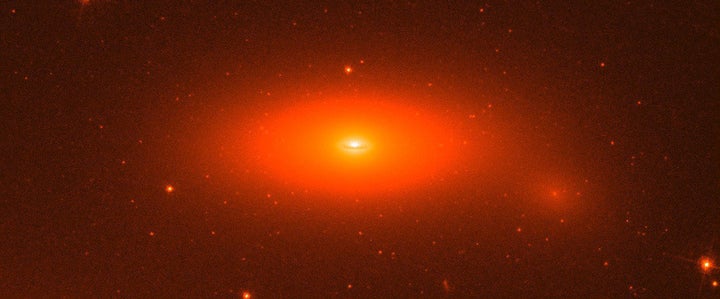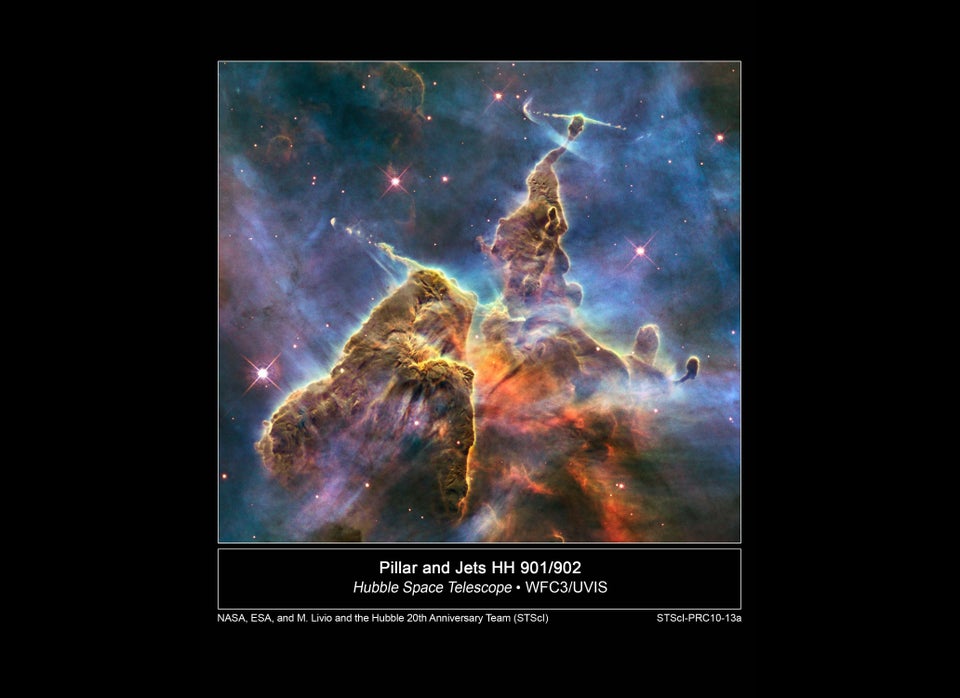
A supermassive black hole discovered by University of Texas researchers ranks among the largest ever observed.
The enormous black hole is located in NGC 1277, a small, lenticular galaxy 250 million light years from Earth in the constellation Perseus, Space.com reports.
The black hole's event horizon -- the "point of no return" within which nothing can escape -- has a diameter 11 times greater than Neptune's orbit around the Sun, according to a written statement issued by the university's McDonald Observatory in Austin.
Its mass is equivalent to that of 17 billion suns, accounting for about 14 percent of the galaxy's mass. A black hole of more typical size might represent 0.1 percent of its host galaxy's mass.
Karl Gebhardt, an astrophysicist at the university and a member of the team that made the discovery, said the ratio of the black hole's mass to that of its galaxy is unprecedented.
"It is definitely the black hole with the largest ratio of black hole to galaxy mass," Gebhardt told The Huffington Post in an email. "The ratio is about 100 times larger than typical galaxies."
Gebhardt told told KUT News that the finding could help scientists better understand how galaxies form, adding that the discovery may point to a new class of black hole-galaxy systems.
“It really is the chicken and the egg problem as to what comes first, the black hole or the galaxy," Gebhardt said. "And this object, NGC 1277, is really pushing that to a deep understanding as to what is going on.”
A report published in Nature in 2011 described a black hole with a mass equivalent to 9.7 billion suns found in NGC 3842, as well as a "black hole of comparable or greater mass" in NGC 4889.
The black hole in NGC 4889 is estimated to have a mass of 21 billion suns, according to The New York Times.
Gebhardt, who worked on the NGC 4889 study, said that the estimate for the black hole in that galaxy is between 6 billion and 25 billion solar masses. The range for NGC 1277 is 14 billion to 20 billion solar masses, he said.
While the former black hole might be larger, Gebhardt called the NGC 1277 reading more accurate.

